Cauliflower can be a challenging vegetable to grow in the home garden. It has very specific needs, and when they aren’t met, your harvest basket may be full of green leaves, but no heads.
And while the foliage is delicious, it’s a disappointing season finale.
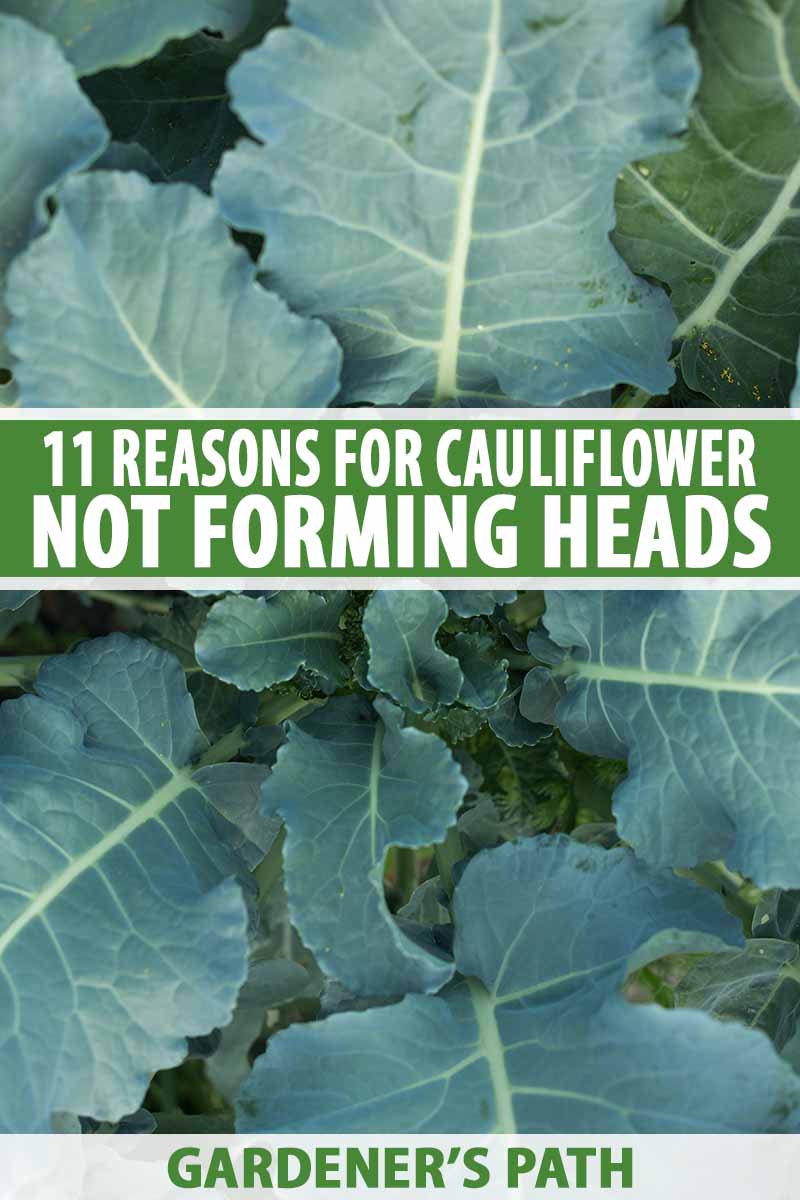
We link to vendors to help you find relevant products. If you buy from one of our links, we may earn a commission.
In this article, we’ll consider 11 reasons for cauliflower not forming heads.
Why Isn’t My Cauliflower Forming Heads?
1. Wrong Seed
Sometimes a crop is doomed from the start. This is likely to be the case when you purchase seed that is not suited to your USDA Hardiness Zone. Cauliflower thrives best with consistent temperatures ranging from 60 to 70°F.

Be sure to read seed packets carefully and choose varieties with days to maturity that match your climate’s growing season. Decide if you’ll plant a spring or fall crop, or both. Explore the latest cultivars that have improved temperature tolerance and shortened maturation periods.
2. Seedling Stress
Cauliflower is temperamental throughout its development, especially during the germination and seedling phase.
For best results, start seeds indoors about four to six weeks before the last predicted frost date in spring. This is preferable to direct sowing, because it gives seedlings a chance to become established before facing outdoor conditions.
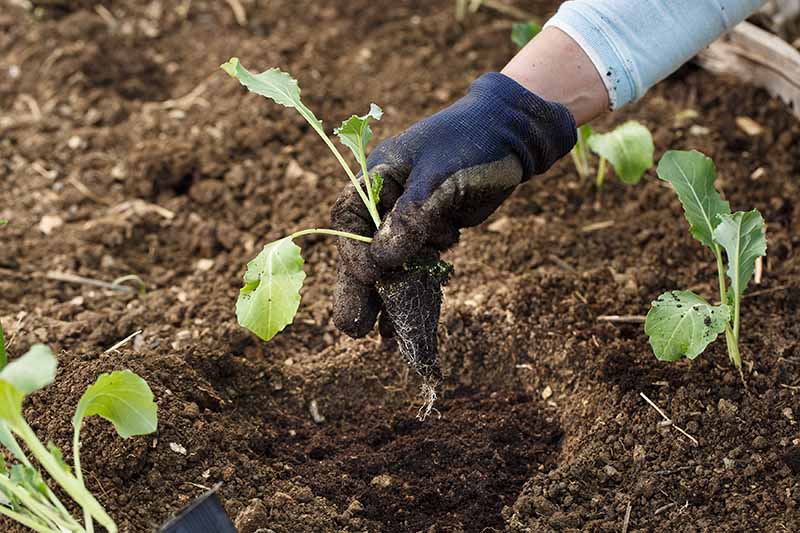
Transplant seedlings about two weeks prior to the last average frost date in your area, when they have grown at least two sets of true leaves. The ground should be at least 50°F.
Don’t wait too long to transplant, or your seedlings may become pot-bound, with roots that wrap around and around fail to deliver water and essential nutrients to the developing plant
If your climate allows for a fall crop, wait until the average air temperature has dropped to at least 75°F, generally about eight weeks before the first frost.
Seedlings require a period of gradual acclimation to the outdoors called “hardening off.” Without it, cold shock may slow growth and have a detrimental effect on development.
Poorly tended seedlings may appear to thrive, but if they have suffered stress they might not form heads as expected.
3. Lack of Sun
Members of the Brassica genus like cauliflower, broccoli, cabbage, and kohlrabi require full sun to thrive. Without at least six hours of sunlight per day, results may be disappointing.
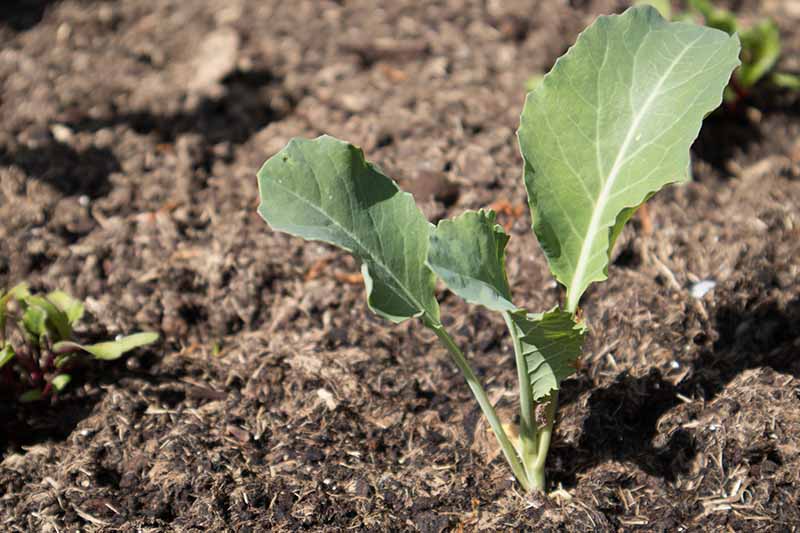
If your region has afternoons that are really too hot for cauliflower growing, you may try planting in partial shade. However, growth slows without sunlight, and you might find your plants are still putting on leaves when they should be forming heads.
4. Soil Deficiencies
Organically-rich soil is best for cauliflower. It’s a heavy feeder, so do a soil test and determine the nutrient content of your garden. Improve the soil as needed with the addition of compost, well-aged manure, or humus.
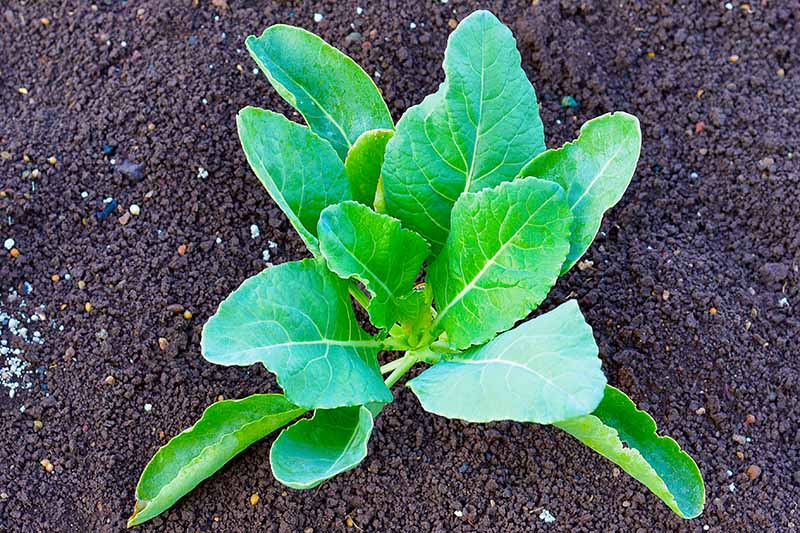
Soil contains macronutrients like nitrogen, phosphorous, and potassium, the N-P-K that you see on fertilizer labels. It also contains other macronutrients including calcium, and micronutrients such as copper. Micronutrients are typically found in lesser amounts.
Imbalances in the soil may result in inadequate nutrient uptake, resulting in stress that may cause failure to form heads.
One nutrient that’s difficult to measure is nitrogen. While cauliflower uses a good bit of it to grow, too much of this macronutrient is known to cause excess foliage production.
Therefore, if you fertilize your vegetables, you should choose a slow-release type in which the ratio of N is slightly less than the P and K components.
A soil test also determines pH, and serves as a measure of acidity or alkalinity. For cauliflower, the pH should be neutral to slightly acidic, or about 6.5 to 7.0. You may increase acidity with the addition of rich organic matter, or decrease it with an application of garden lime.
Poor soil that is devoid of nutritive organic matter, as well as soil with a pH that’s too acidic or too alkaline, may contribute to head formation failure.
5. Inadequate Drainage
While cauliflower requires consistent moisture, it should never stand in a puddle. Its roots need to take what they require to nourish the plant and let the rest drain away.
Poorly draining soil leaves roots vulnerable to nibbling nematodes, slugs, and snails that can impair the ability of the plant to take up water and nutrients. In addition, these insects may spread diseases to weakened plants.
If your cauliflower has consistently wet feet, it may fail to produce heads.
6. Insufficient Moisture
This veggie is one of the thirstier ones. It needs one to two inches of water each week, so get yourself a rain gauge to monitor rainfall, and prepare to supplement as needed.
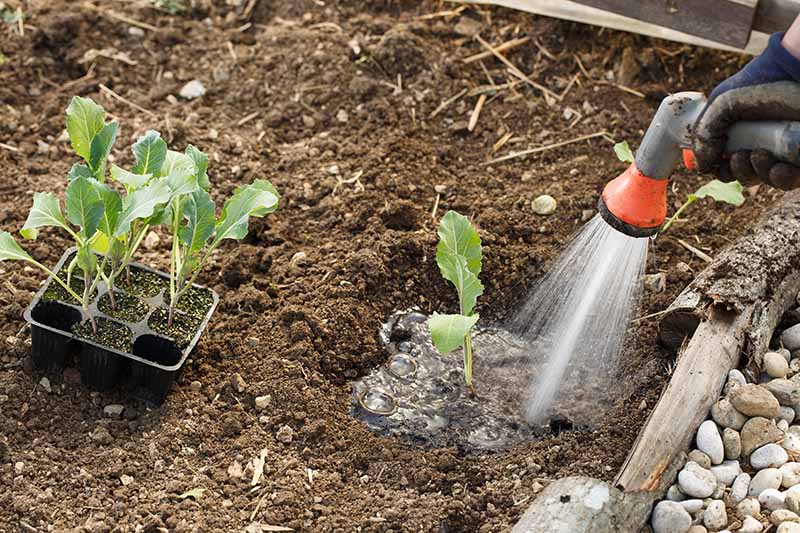
With some vegetables, you can get away with keeping them moist during the germination and seedling phases, and then let Mother Nature provide the rain they need.
But this is not so with cauliflower. If you let it dry out, it’s likely to suffer stress that can lead to bolting, buttoning, or no head formation.
Keep in mind that it’s not only a lack of sufficient rainfall and failure to irrigate with supplemental water as needed that may leave your crops at risk of drying out. Wind may accelerate moisture evaporation as well. So, if the weather forecast is a gusty one, protect plants with well-anchored floating row covers.
7. Overcrowding
When transplanting seedlings, space them out with 24 inches between plants, and 30 to 36 inches between rows. This allows for ample airflow and root formation, essentials for healthy growth.
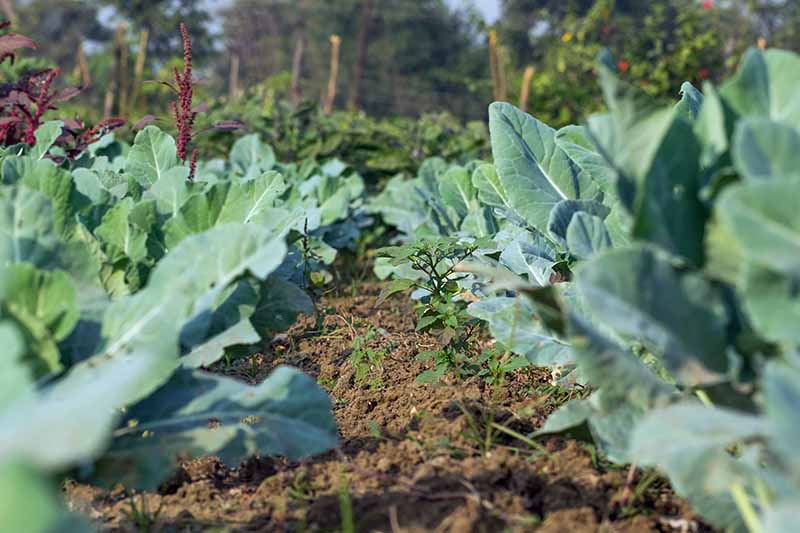
Circulating air stays cooler and less humid, helping to inhibit fungal diseases that are detrimental to cole crop development.
Roots that can spread without competition from neighbors are better able to hydrate and nourish a plant.
8. Pests and Disease
Healthy plants are less vulnerable to the ravages of infestation or infection.
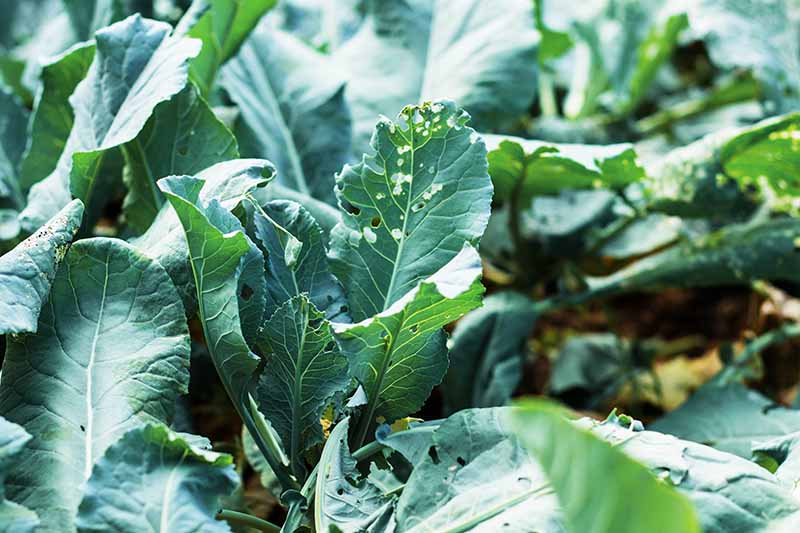
In addition to meeting light, soil, water, drainage, temperature, and spacing requirements, cauliflower growers need to be vigilant about keeping weeds to a minimum. Thick weed growth creates competition for water, and invites insects who can hide out and be near their favorite vegetable at the same time.
Please consult our article on growing cauliflower for details on how to manage common pests and diseases, as they can cause enough stress to result in failure to form heads.
9. Failure to Rotate Crops
Rotating crops isn’t just for farmers.
Growing vegetables feed on soil throughout the growing season, depleting its nutrients. Changing locations from season to season allows soil to replenish. As an added bonus, it also helps to keep pests and disease at bay.
If you’re not rotating your crops, your soil may become spent, and thus unable to provide adequate nutrition with poor head formation as a result.
10. Immaturity
Sometimes what seems like a plant’s failure to form a head is actually due to a misunderstanding of the number of days to maturity.
Depending on the variety, cauliflower needs between 50 and 100 growing days to be harvest-ready.
While this information is provided on seed packets, it’s easy to forget. If you’ve met the plants’ needs so far, be patient and hope for the best.
11. Temperature Fluctuations
You need to be a bit of a weather junkie to grow good cauliflower, because this is one stubborn vegetable. It just won’t budge when it comes to demanding temperatures that aren’t too cold or too hot.
So, once you’ve chosen seed that’s appropriate for your region, monitor weather predictions and be proactive.
Mulch is going to be your new best friend. It keeps plants cool when the weather warms up, and retains heat when temperatures dip. It also helps with moisture retention.
In addition to mulch, you could place lightweight shade cloth over plants to deflect the sun’s rays during a heatwave.
And conversely, during a cold snap, use floating row covers with their ends snugly closed to form a warm cocoon. These also inhibit wind-driven moisture evaporation.
Favorable Odds for a Successful Crop (With a Bonus Tip)
At any stage from seedling to flush with foliage, a cauliflower plant may experience stress that could alter the course and outcome of its development.
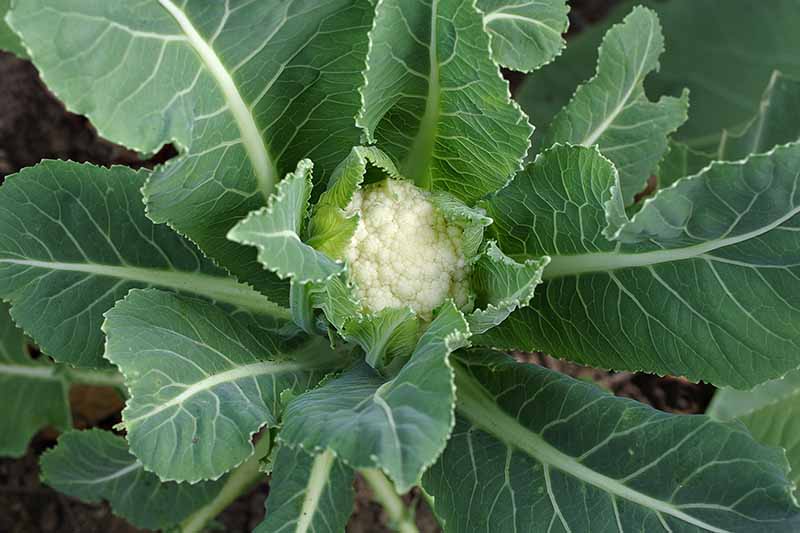
Along the way, you might have plants bolt in the heat and go to seed. Or, they may button or rice, leaving you with loose little curds. And finally, they could fail to set a head altogether.
Despite these challenges, or maybe because of them, cauliflower’s allure for home gardeners is strong. Knowing the 11 potential problems outlined above – and avoiding them – puts you ahead of the game.
When you finally see the crowning glory of your efforts nestled in the voluminous foliage, go back to that seed packet and see if you have a self-blanching kind.
If not, there’s one more crucial step to success, and that brings us to our bonus tip:
You must gently wrap several of the longest leaves over the developing head to protect it from “blanching” in the sunlight that has sustained it for so long. Loosely join them with clothespins so you can still peer in to watch it reach the size indicated on that all-important seed packet.
Not losing a head to sunburn is the final hurdle, and then you’re home free… barring a sudden hard frost, or a late-season heatwave.
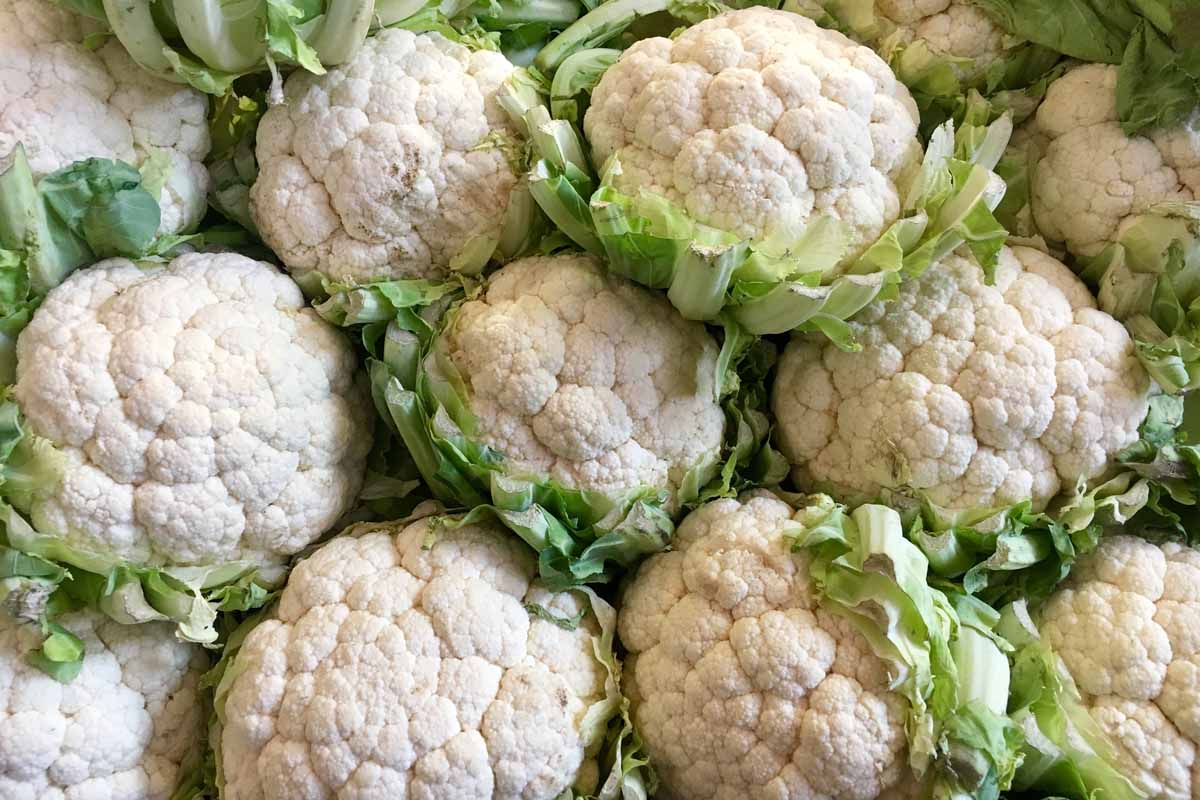
Once you’ve got your precious harvest, why not visit our sister site, Foodal for innovative cauliflower recipes?
It’s time to choose your favorite cauliflower varieties! Start planning for the season ahead. This year’s vegetable garden is sure to be your best yet.
Have you run into any hurdles while growing your own cauliflower at home? Share your stories, suggestions, and questions in the comments below. We love hearing from you!
If you found this article informative, you’re sure to enjoy some our other cauliflower growing guides:
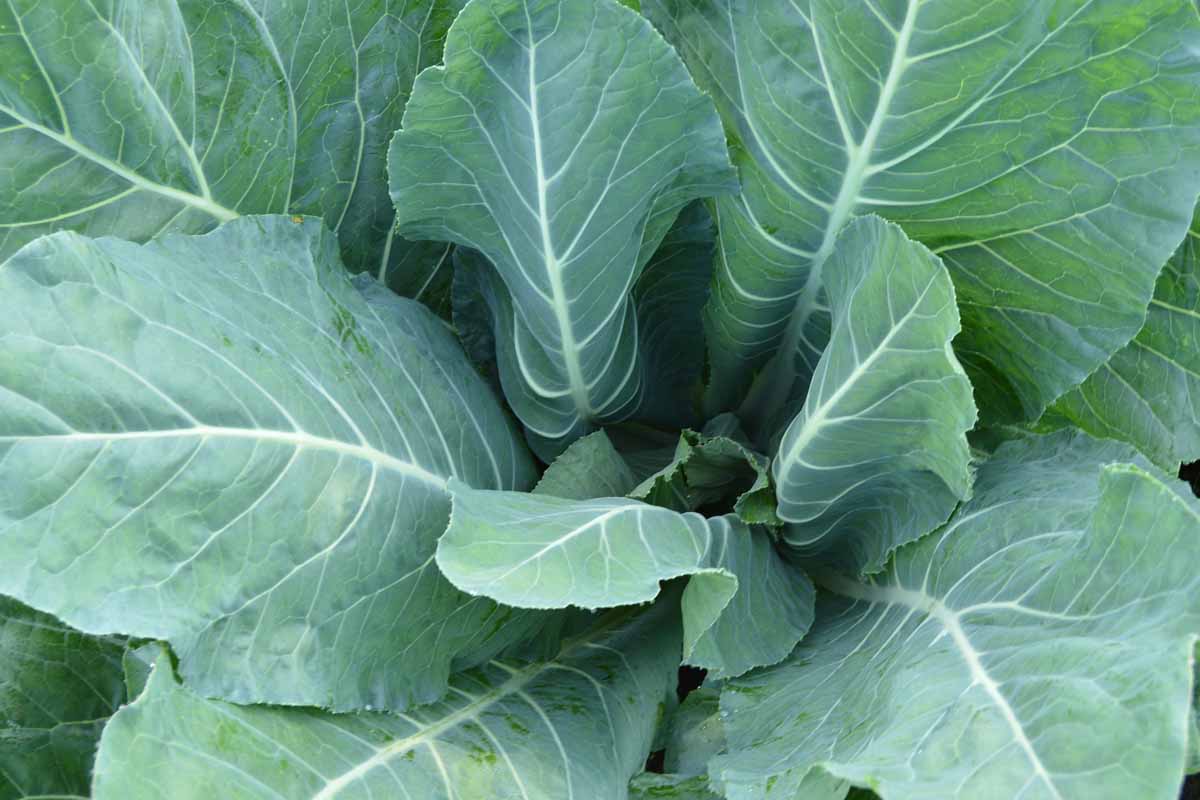
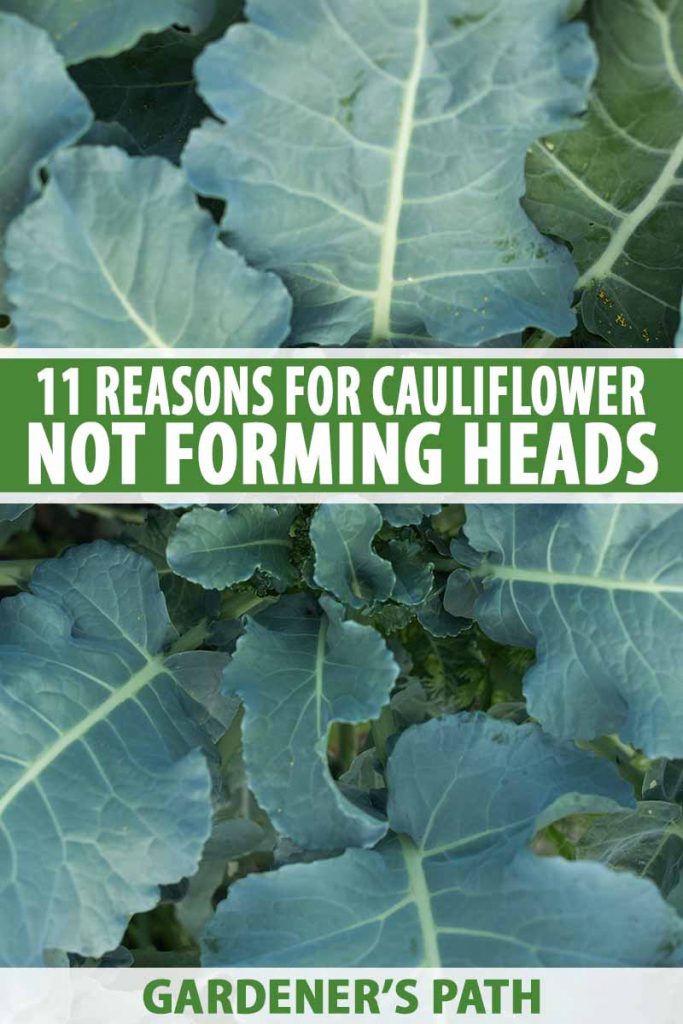
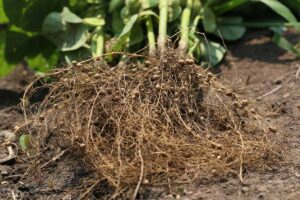
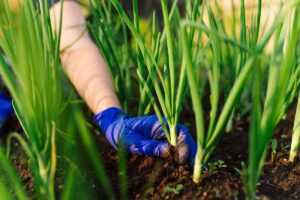
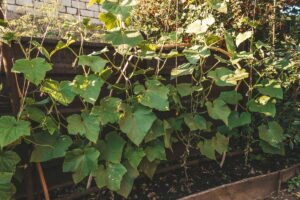
Thanks for this info! I can’t figure out when to give up on the cauliflower and, if it isn’t going to produce, I want my garden space! I live in NC and likely started too late. Any suggestions for knowing when to cut my losses?
Hi Dehna – If you have lots of greens, but no heads, make sure you are not using a fertilizer that’s nitrogen-heavy. If the days to maturity have come and gone, it’s time to cook up those greens or toss them onto the compost heap.
Hi Nan, I find u very interesting. I am from Uganda, Africa but I usually agriculture extensively fro matooke growing, vegetable growing and so on but on a large scale and I found your advice fantastic.
Thank you.
Excellent info ????
How to grow cauliflower in a greenhouse?
cauliflower leaves are huge but shriveled up not making heads
Hello Josh –
As indicated, there are a number of reasons why this may happen, including disease. Please refer to our article on cauliflower diseases for guidance, and contact your local agricultural extension to try to define the problem(s) with certainty.
Sounds like it has some disease or also too much nitrogen, i’ve seen some who have used way too much thinking more is better but it’s not the case, that’s why you have to stick to the guidelines.
Thank you so much for this great little article, it’s all very good handy information. Luckily my collie has grown great this year but i’ve done a few of the things you’ve said and they work great.
Hi Marco –
We’re pleased that you have found the article informative, and wish you a bountiful harvest.
I tried growing 4 cauliflower plants this year. It is the first time. I used seedlings from a nursery. They seemed be doing well, but developed many holes in the leaves. I had seen the white cabbage moths in my garden. I don’t feel comfortable using pesticides. Is that something I will have to use? It is now October and one plant had a few tiny white centers. The foliage is so distorted. I too off most of the outer leaves, since they were changing to Fall colors. Maybe this isn’t the plant for me. I am a flower gardener.… Read more »
Hello M –
Cauliflower is definitely a challenging vegetable to grow, but it’s wonderful to hear that you are giving it a try.
Neem oil is a natural pesticide you might try.
Yellow foliage may indicate moisture stress in the form of too much or too little water.
As a biennial, cauliflower that isn’t harvested will come up again in the second year. However, it won’t grow another edible head. Instead, it will flower and set seed.
This year I planted cauliflower seedlings fort a fall crop and got
large fruitless plants. Plenary of nourishment from mushroom soil. What would I look for on the seed packages to avoid reoccurrence of no fruiting?
Hi Frank –
That’s so disappointing! It sounds like the mushroom soil may have been a little too nitrogen-rich, producing too much foliage and no vegetable heads. Compost and a well-balanced, slow-release granular fertilizer may be a better route to take next time.
Very useful information. Is this normal?
Hi Shanice –
We’re glad you found the article informative.
Cauliflower is a temperamental and challenging vegetable crop. In our article, 9 Cauliflower Head Disorders and How to Avoid Them, https://gardenerspath.com/plants/vegetables/cauliflower-head-disorders/, we refer to the condition in your photo as “leafy curds.” This is likely to occur with stress, especially when there is a sudden spike in temperature. In severe cases, a plant “bolts,” or flowers and runs to seed.